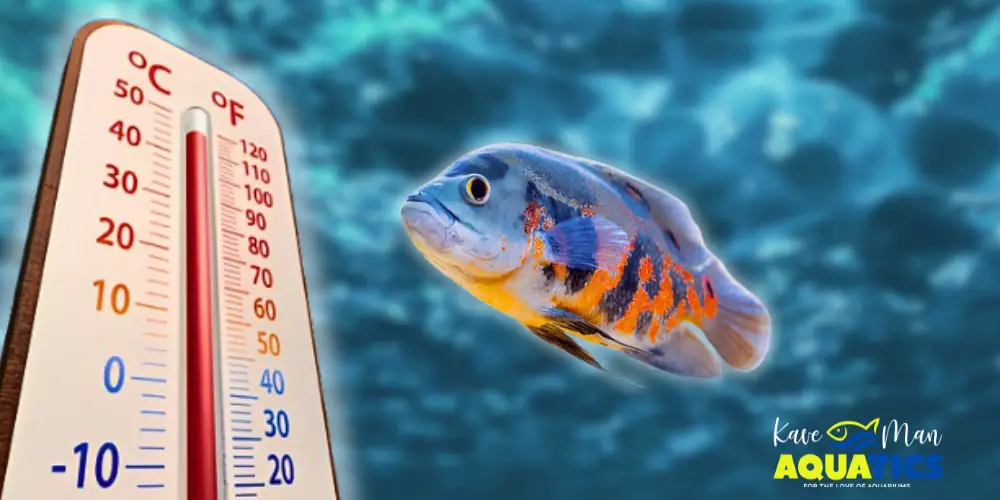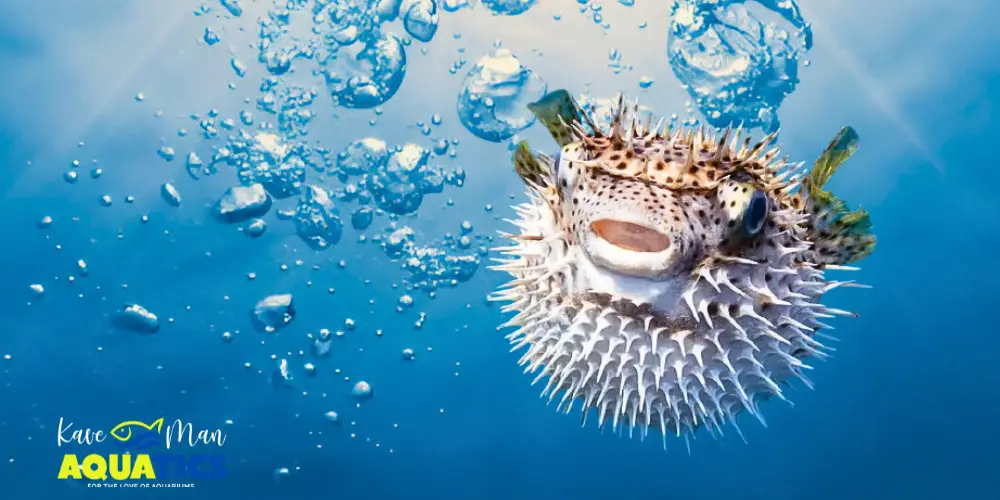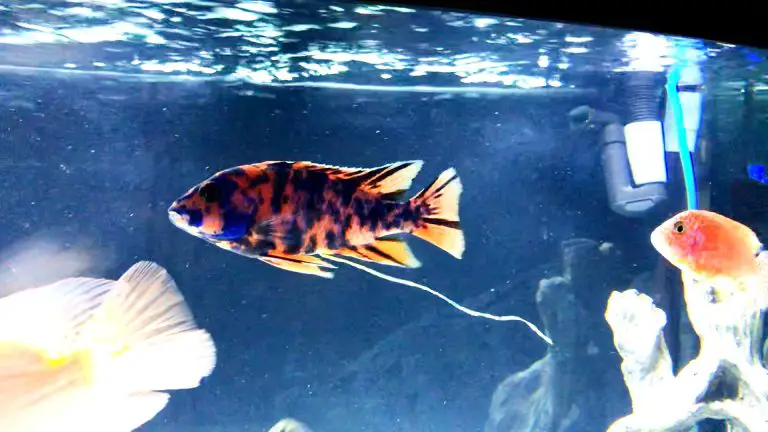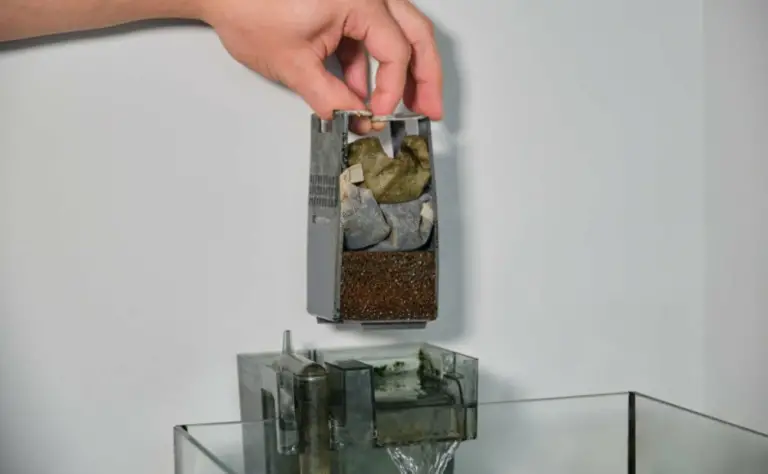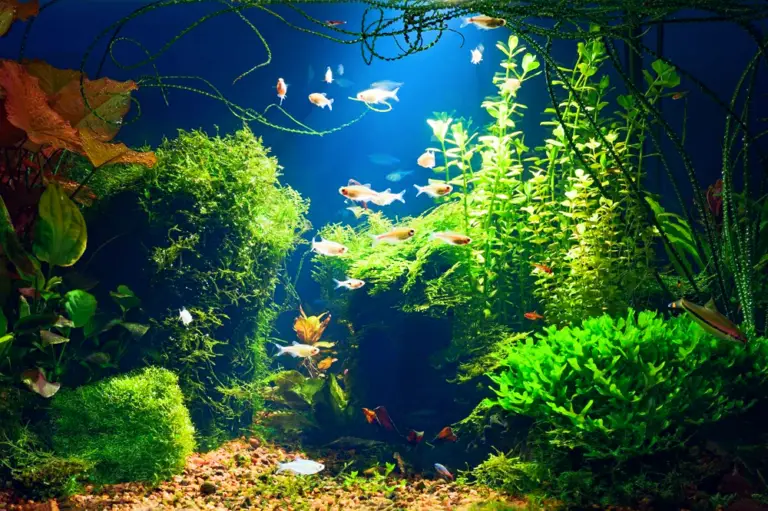Old Tank Syndrome – A Sneaky Increase of Aquarium Nitrates
Old tank syndrome is something not all new fishkeepers are aware of. It’s only after a period of time has passed that you start to see a steady increase in your aquarium nitrates.
But how can that be? You’re doing regular water changes and keeping the tank clean; how can your aquarium nitrates increase? The answer is more simple than you think – your tank’s just “old.”
In this article, we’ll go over everything you need to know about old tank syndrome, including its definition, symptoms, causes, treatment, and prevention.
What is Old Tank Syndrome?
Old tank syndrome is a condition in which the aquarium environment, especially the water chemistry, has worsened over time. This decline in water quality can be detrimental to your fish and can even cause illnesses and sudden death.
Aside from some cases showing algae overgrowth, old tank syndrome cannot be seen by the naked eye. It’s only through testing your water chemistry that it can be seen.
This is a sure and sneaky way in which your aquarium nitrates will increase, even with regular water changes.
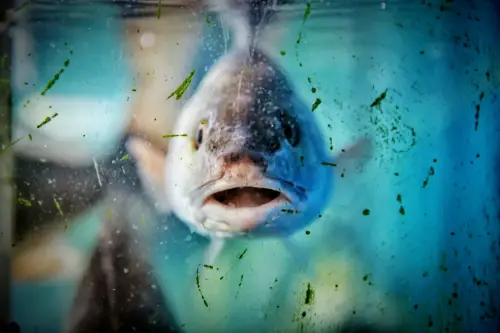
Signs & Symptoms of Old Tank Syndrome
- Increased accumulation of nitrates and phosphates
- A lowering pH level over time
- kH (carbonate hardness) may be decreased
- GH (general hardness) may be increased
- Remnants of ammonia and nitrites
- New fish added to the tank passes away
By now, you might realize that something fishy is going on in your tank (sorry, we had to). The last sign of old tank syndrome, listed above, is the most common indication. We may blame the new fish, rather than the underlying water problem of old tank syndrome.
Your current fish (those that have survived), have already acclimated to the unhealthy water parameters. Now, don’t go and do a total cleanup!
The result is usually the death of even more fish. Why? Because the fish have been suddenly subjected to rapidly changing water conditions.
Causes of Old Tank Syndrome
Ultimately, the cause is due to the nitrogen cycle and poor water maintenance. Your tank is a closed environment – here’s a scenario:
Imagine your aquarium as a house. Things start to get messy once someone moves in, in this case, the fish. After a while, things start to get dirty, like excess food and fish excrement falling to the bottom of the tank.
In your house, you clean old junk out of the fridge, vacuum the floors, and take out the garbage. Who does that for the aquarium? If you don’t, nobody does.
What happens in the tank, stays in the tank (closed environment) – until steps are taken to clean it. Fishkeepers will, in this case, do regular water changes. Usually, 50% of the water is removed during this process.
However, not all nitrates are removed after a water change. There will always be remnants of the old nitrate-filled water. Hence, a slow and steady accumulation of nitrate levels.
Because everything happens gradually, the fish in the aquarium have time to acclimate to the changes in water chemistry. The weaker ones die more easily, but the stronger ones survive, though they are more sensitive to illness and have shorter lifespans.
How To Treat Old Tank Syndrome?
Slow and steady wins the race. A gradual treatment will be less stressful on your water chemistry, your fish, and yourself.
Add additional water changes to your regular schedule. Instead of doing one water change a week, do two. The second water change may only have to be about 10 – 15% (depending on your bioload). This way, you’ll slowly dilute the water to a clean, healthy, and nitrate-low environment.
Don’t skip the water tests. Initially, you’ll need to keep a close eye on both your water chemistry and your fish. You ought to see a gradual decrease in aquarium nitrate levels (as well as ammonia and nitrites).
However, if you do see an ammonia spike, put the water changes on a hold and add an ammonia-reducing product. Test the nitrate levels weekly to determine if they are dropping to normal levels, as expected.
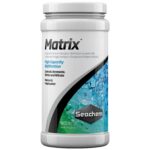
Additionally, we also recommend using Seachem Matrix to help reduce nitrates. We tested it ourselves with real results.
As the water parameters improve, the filter media, as well as the tank itself, may be changed/cleaned. Testing the water is essential to ensure that the water chemistry is not changing too rapidly.
In summary:
- Slow and steady is key
- Additional water changes (10 – 15%)
- Keep a close eye on water parameters at all times
- Add a nitrate-reducing product, such as Seachem Matrix
- Once nitrate levels are optimal, you may clean filter media and the tank itself
How To Prevent Old Tank Syndrome?
You know the saying, “prevention is better than the cure.” Filter maintenance, water changes, and water testing should be done on a regular basis rather than only when there is a problem.
Be sure to match your aquarium’s bioload with the number of water changes it requires. The more bioload you have, the more water changes are required. It’s crucial to understand your aquarium/s and what their needs are to ensure a healthy and thriving environment.
In summary:
- Prevention is better than the cure
- Do regular water changes (match to bioload)
- Regularly measure water parameters
- Understand your aquarium/s (each one is different)
Conclusion
We hope that you’ve found this article helpful in understanding what old tank syndrome is and how to treat it.
Situations like these add emphasis on the importance of regularly checking your water parameters – regardless of whether you’re a beginner or advanced fishkeeper.
This may come as a surprise, but did you know that there is also something such as a new tank syndrome? Yes, it’s a thing. Causes for this is when the tank is not properly cycled.
The good news is, we got you covered with an article on how to instantly cycle your aquarium.
If you didn’t know it already, KaveMan Aquatics offer 1-on-1 consulting services for that personal touch.

-
Best Saltwater Fish for Beginners
Discover the best saltwater fish for beginners! Explore colorful, low-maintenance fish that are perfect for starting your first saltwater tank.
-
7 Easy Ways to Keep Your Aquarium Cool This Summer
Don’t let summer heat stress your fish! Here’s how to keep your aquarium cool, calm, and collected all season long.
-
Do You Really Need a Protein Skimmer in Your Saltwater Tank?
Wondering if a protein skimmer is worth it? Find out if your saltwater tank really needs one and what it actually does for your setup.



